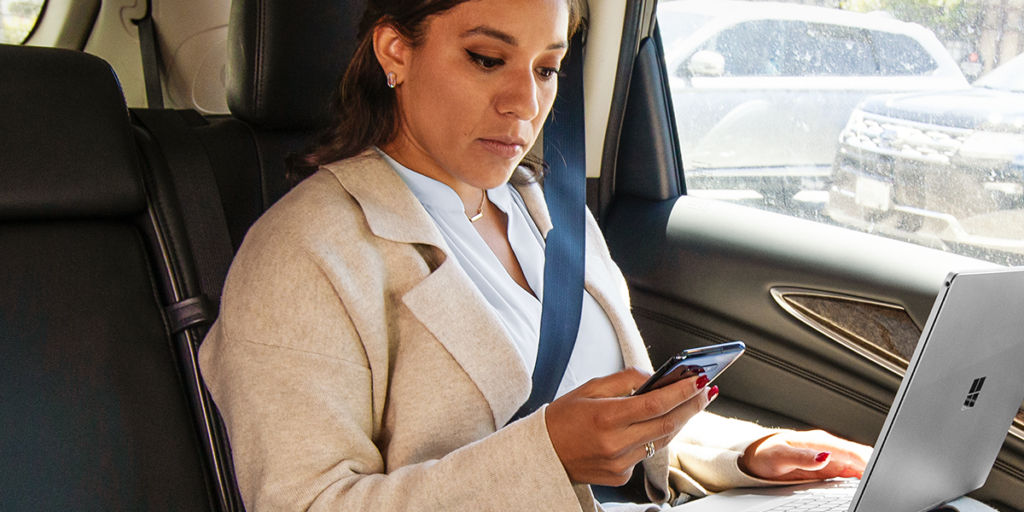Multi-factor authentication (MFA) is a simple but effective way to boost end-user security. Using a combination of passwords, one-time codes, and biometrics – such as fingerprint and facial recognition – MFA makes online accounts and environments more secure and difficult to hack.
Passwords are a prime target for cybercriminals. They’re often easy to guess and easy to hack. Using extra authentication methods beyond a single password significantly increases the costs and effort for attackers. That’s why the rate of compromise of accounts using MFA is less than 0.1% of the general population.

Layer your protection with Azure AD MFA
MFA adds extra layers of protection to your signing in process. Traditionally when signing into online accounts, you would just use a username and password. However, in the current threat landscape, this is no longer a secure method. This is why more and more businesses, social media platforms, banking apps, online shops and more are adopting MFA.
MFA is used to ensure you are who you say you are by requesting users to provide multiple (at least two) pieces of information to prove your identity. It’s important to understand that the separate identity evidence must be of different forms. For example, having two passwords wouldn’t work because if a hacker can crack through one password, then they can easily do another.
So, with MFA, users provide additional identity verification, such as scanning your face or fingerprint or using a one-time code received by text, email or an authenticator app. The most popular security option, and one of the easiest, is the authenticator app method. The app displays a unique code that you use to log into your account. Codes often change every 30 seconds, making it a quick and secure method to keep your data safe.
Although many of us use MFA in our everyday lives, research has found that less than 40% of people use it for work accounts.
Microsoft Azure AD multi-factor authentication (MFA)
Microsoft has recently announced a password-less future for all its users. Microsoft recommends password-less authentication methods such as Windows Hello, FIDO2 security keys, and the Microsoft Authenticator app.
Azure AD MFA implements additional security by prompting users for multiple forms of authentication. To improve resiliency, with Azure AD it is recommended that users register a variety of authentication methods, so when one method isn’t available to use to sign in, they can evidence their identity with another method.
Any organisation can deploy the features of Azure AD MFA and select the methods of authentication that meet or exceed business requirements in terms of security, usability, and availability. Using the highest level of security is always recommended when choosing authentication methods.
The following table displays the available authentication methods and security considerations with Azure AD MFA.
For flexibility and usability, Microsoft recommend using the Microsoft Authenticator app. It provides users with an easy, seamless experience with no passwords to remember and MFA push notifications and OATH codes.
Adopt a secure future for your business with MFA
If you’re unsure whether your business is operating securely, or require further information on cloud security, passwords, MFA or Azure AD MFA then contact 848 today.
848 is a trusted Microsoft Gold Partner with over a decade of experience in cyber security and cloud-first solutions. Our team of experts will give you a clear understanding of your level of defence, and provide you with expert guidance to better protect your business. We help you build a stronger security posture so you can operate your business with the confidence that your data is secure.